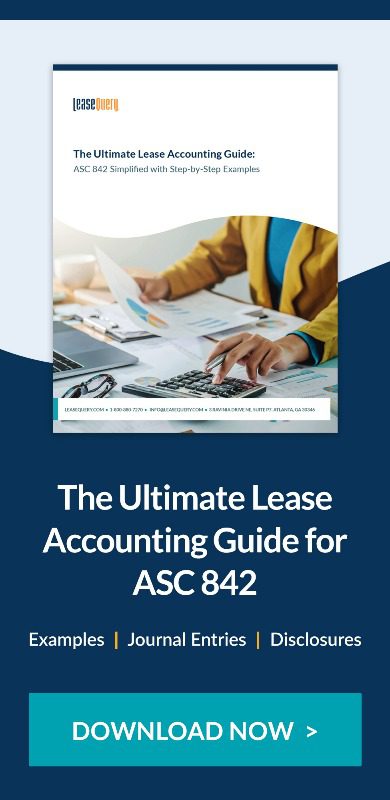The history of lease liabilities
The previous lease accounting standard, ASC 840, Leases, classified leases as either capital or operating. Capital lease classification resulted in a liability recorded on a company’s balance sheet, whereas operating leases did not impact the balance sheet and were instead only disclosed within the Commitments & Contingencies section of the financial statements.
Based on feedback from investors, the FASB launched the lease project to achieve the goal of similar treatment of lease presentation on a company’s balance sheet regardless of the lease classification. As a result, under ASC 842, all leases, regardless of operating or finance lease classification, are recorded on a company’s balance sheet.
Under ASC 842, leases that were previously labeled “capital leases” under ASC 840, are now labeled as finance leases. Additionally, though the name has not changed for operating leases, the treatment for operating leases under 842 has changed. Now, the present value of all future lease payments for operating leases (as well as finance leases) is recognized as a lease liability (and corresponding asset) on the balance sheet.
Lease liabilities on the balance sheet skyrocket after the transition
Recently, LeaseQuery evaluated the pre- and post-transition impact on the balance sheets of over 400 companies. The in-depth analysis, compiled into the Lease Liabilities Index Report, found that the implementation of the new lease accounting standard led to average balance sheet lease liabilities increases of 1,475%.
Because ASC 842 requires the recognition of a right-of-use (ROU) asset and a lease liability, the addition of operating leases to the balance sheet is the primary contributing factor to this increase.
Companies need to prepare for an overhaul of their financial snapshot
The Lease Liabilities Index, which focuses on six key industries, found that the average balance sheet liability increased nearly 16 times under the new lease accounting standard. It is apparent that lease accounting has fundamentally changed the financial snapshot of most organizations, with financial institutions and healthcare industries leading the pack.
The rule change arrives as industries are continuing with other significant headwinds
Retail, in particular, has seen a significant impact from the new lease accounting rules. Many of the most predominant brands rely on leases as a major part of their operating model, but factors such as bankruptcies, changing consumer preferences, and the rise of digitization have already impacted their lease liabilities.
Lease vs buy decisions will weigh heavily
Deciding whether to lease or buy has always been a strategic decision for businesses, but as all leases move to the balance sheet, these decisions will have an even greater impact. The new requirement to add these leases to the balance sheet will heavily impact the decision to lease or buy for several industries going forward.
Private companies should not pump the brakes on their transition
Though the transition deadline for private companies has been extended to January 1, 2022, companies should not let this delay deter them from moving forward with their transition.
The updates within the new lease accounting standard will require changes to your lease accounting beyond lease liabilities. It is imperative that the accounting team works together to champion and communicate the change to ensure synchronicity amongst departments and within the accounting team itself.
The disruption in lease accounting is real. Are you prepared?
Public companies have warned that the implementation journey was more challenging than expected. And the balance sheet disruption caused by the increase in lease liabilities alone is proof. The research compiled in this report should serve as a wake-up call that companies must proceed with their transition to the new lease accounting standard with a sense of urgency.














